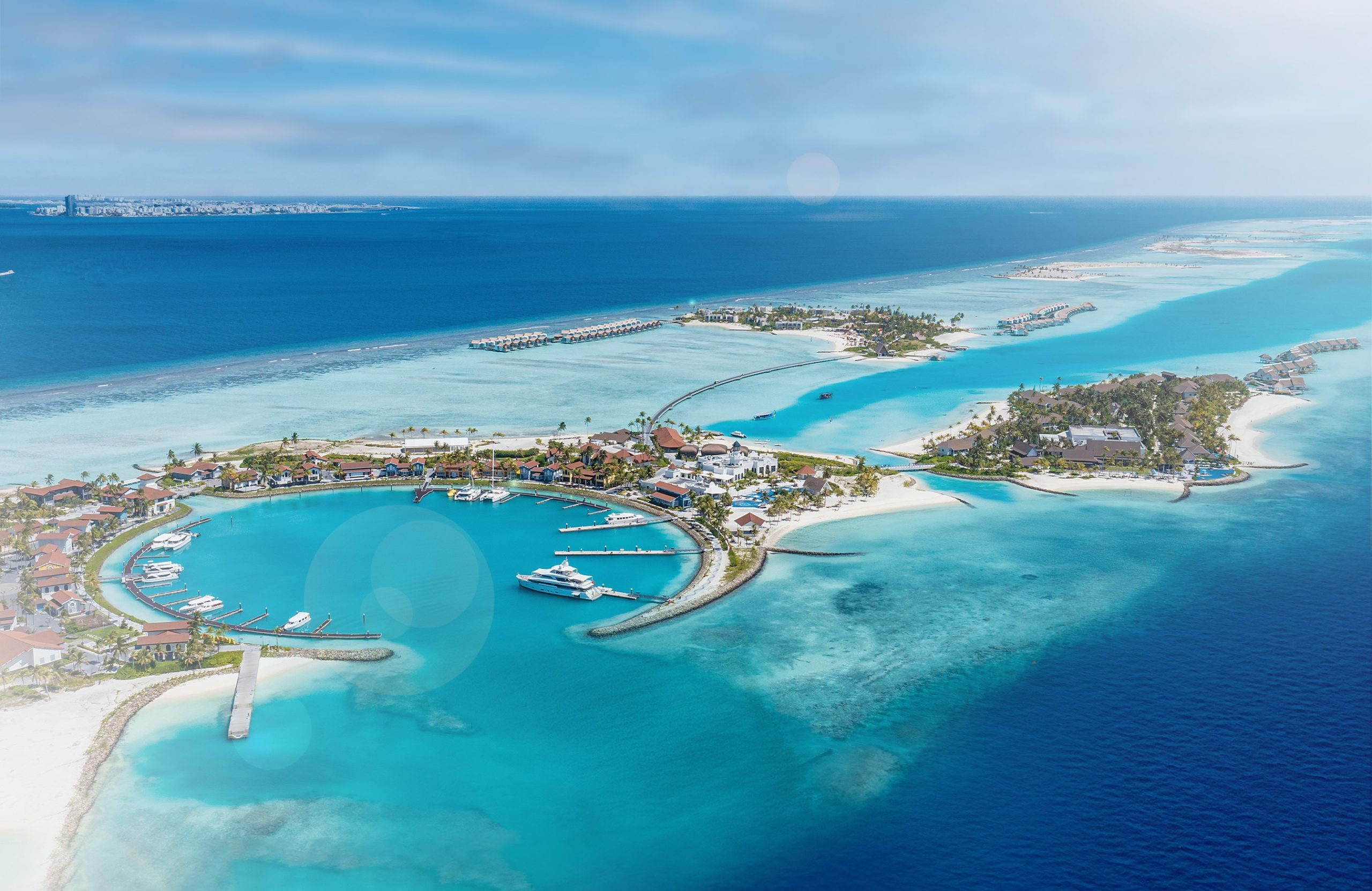The Ritz-Carlton Maldives, Fari Islands has introduced Aris Meeha, a butler concept inspired by the royal courts of the ancient Maldives. The Newly built 100-villa Ritz-Carlton Maldives is poised to open in 2021. As part of the resort’s ongoing recruitment process, various new job openings will be announced in the upcoming months, including the remarkable opportunity to fulfill the journey of Aris Meeha, the mission to provide the finest personal service.
In Dhivehi language, Aris Meeha refers to a person who is assigned to a royal member, one of the most important positions among the many titles and rankings in a Maldivian Royal household. Similar to a modern-day butler, Aris Meeha fulfils every detail of the life of a royal and considered to be the closest confidant much like a Gentleman’s gentleman or Lady in waiting or Gentlemen or Lady of the Chamber.
Similar to a modern-day butler, Aris Meeha fulfils every detail of the life of a royal and considered to be the closest confidant much like a Gentleman’s gentleman or Lady in waiting or Gentlemen or Lady of the Chamber. The concept relates to the brand’s motto of ‘We are Ladies & Gentlemen serving Ladies & Gentlemen’.People being the most valuable asset of the brand, and the close connection of Aris Meeha to the local history and culture opens an exciting career path for passionate butlers to be part of a team that truly delivers a legendary service.
The Ritz-Carlton Maldives is ideally located at Fari Islands, in the North Malé Atoll of the Maldives, which is a 50- minute journey by speedboat or a 10-minute seaplane flight from Malé International Airport. The resort features white sandy beaches, turquoise lagoons and coral reefs with marine life. Shaped by the Maldivian sun and shored by the Indian Ocean, guest villas at The Ritz Carlton Maldives, Fari Island are expected to range in size from one to three bedrooms, featuring the refined elegance and legendary service that define The Ritz-Carlton brand.
The property is also expected to offer a choice of outstanding culinary venues serving an array of international and local cuisines, in addition to a full suite of fitness and recreational facilities including a signature Ritz-Carlton Spa. The Ritz-Carlton Maldives, Fari Islands is part of Fari Islands, an archipelago that features three world-class hospitality brands inclusive of The Ritz-Carlton.







